Iwasawa 2019
Grand Amphi de Mathématiques (GAM)
Université de Bordeaux, building A33
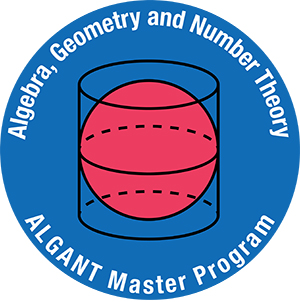
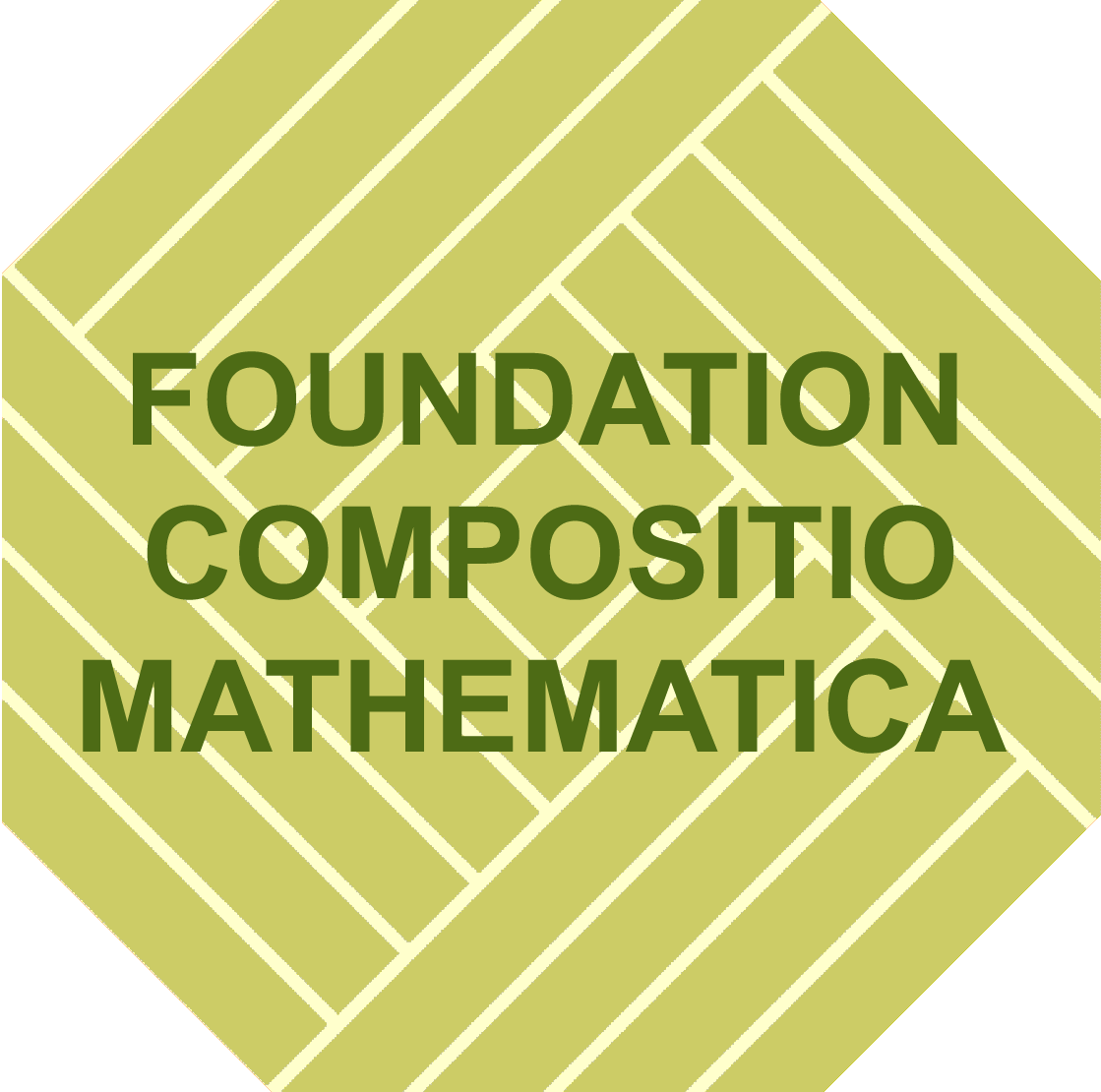
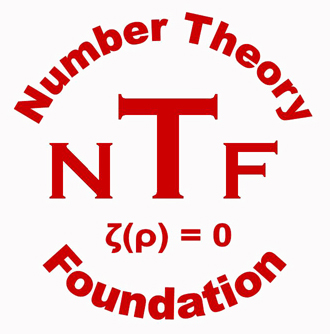
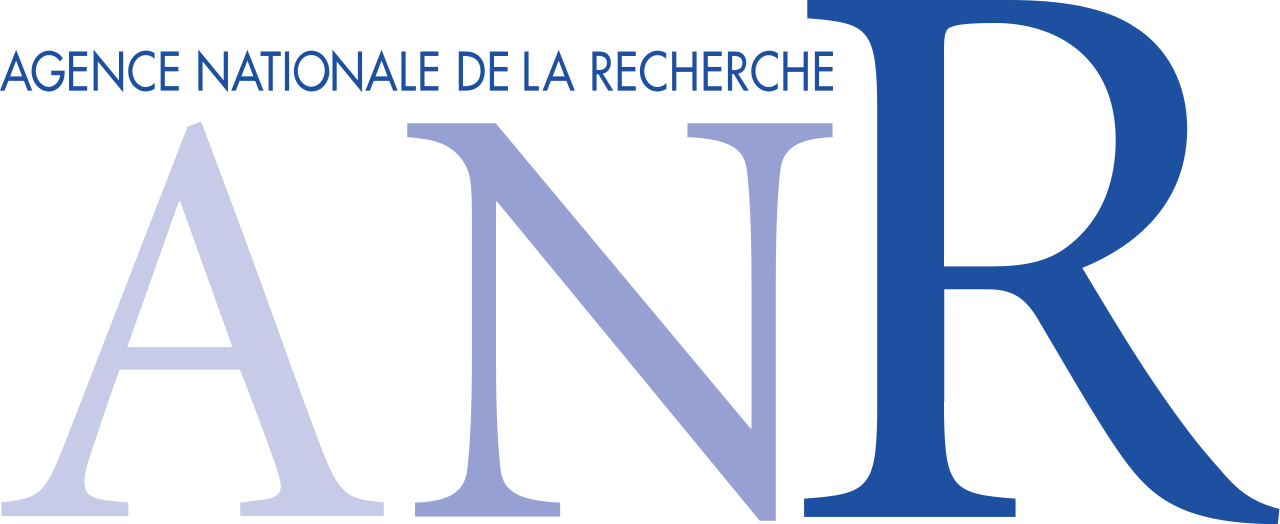

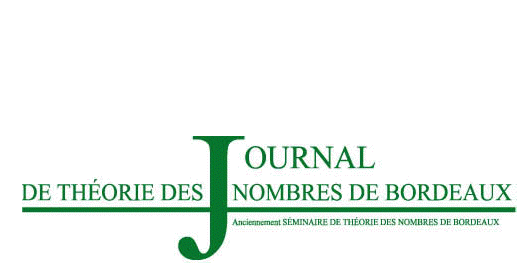
In 2019, the international Iwasawa conference takes place in Bordeaux, from June 24 to 28. It will be preceded by four mini-courses (of four hours each) on the topic.
Please note that registration is free, but required. The deadline is March 31st.
For students applying for financial support, please write us before February 20th.
Mini-courses (June 19 to 22):
1. Venkatesh's conjecture for weight one dihedral modular forms (Victor Rotger, Universitat Politècnica de Catalunya)
2. p-adic L-functions (Ellen Eischen, University of Oregon)
3. Chern classes and Iwasawa theory (Frauke Bleher, University of Iowa)
4. Overconvergent modular forms and their explicit arithmetic (Jan Vonk, Oxford)
Conference speakers (June 24 to 28):
Daniel Barrera Salazar (Universidad de Santiago de Chile)
Ted Chinburg (University of Pennsylvania)
Mladen Dimitrov (Université de Lille)
Adrian Iovita (Concordia University and Università degli studi di Padova)
Joaquin Rodrigues Jacinto (Aix-Marseille Université)
Yukako Kezuka (Universität Regensburg)
Guido Kings (Universität Regensburg)
Antonio Lei (Université Laval)
Zheng Liu (McGill University)
David Loeffler(University of Warwick)
Jan Nekovář (Sorbonne Université)
Jishnu Ray (University of British Columbia)
Giovanni Rosso (Concordia University and Cambridge)
Ryotaro Sakamoto (University of Tokyo)
Romyar Sharifi (UCLA)
Florian Sprung (Arizona State University)
Eric Urban (Columbia University and CNRS)
Shunsuke Yamana (Kyoto University).
Scientific committee: Denis Benois, Henri Darmon, Ming-Lun Hsieh, Masato Kurihara, Otmar Venjakob, Sarah Zerbes.
Organizers: Denis Benois, Pierre Parent.
